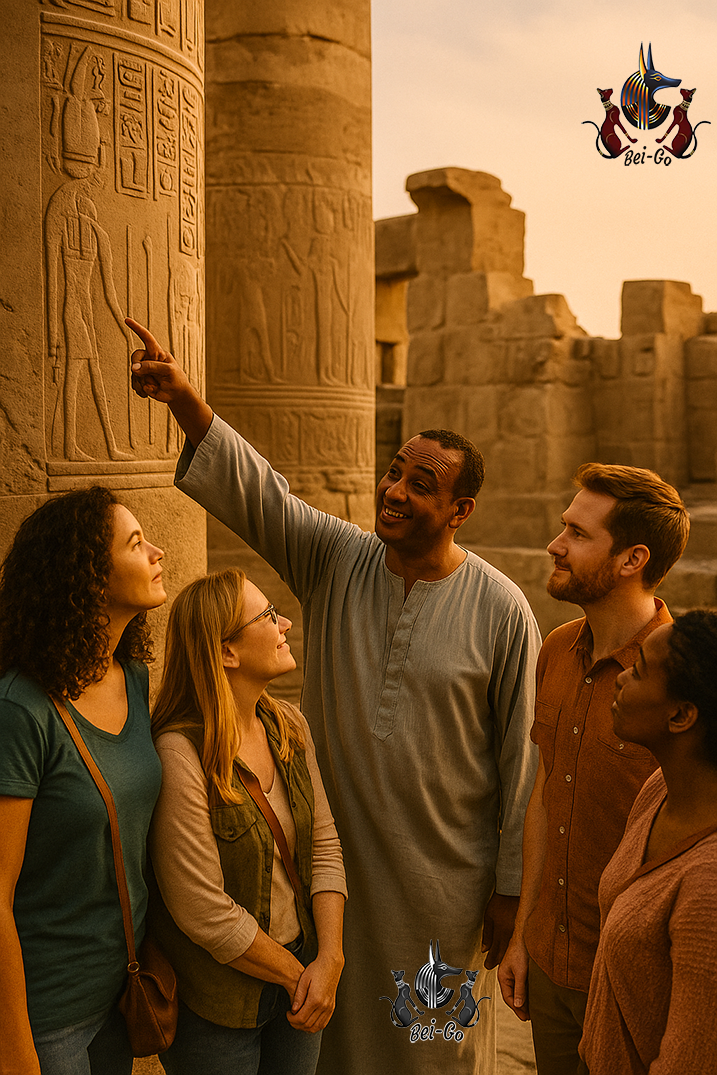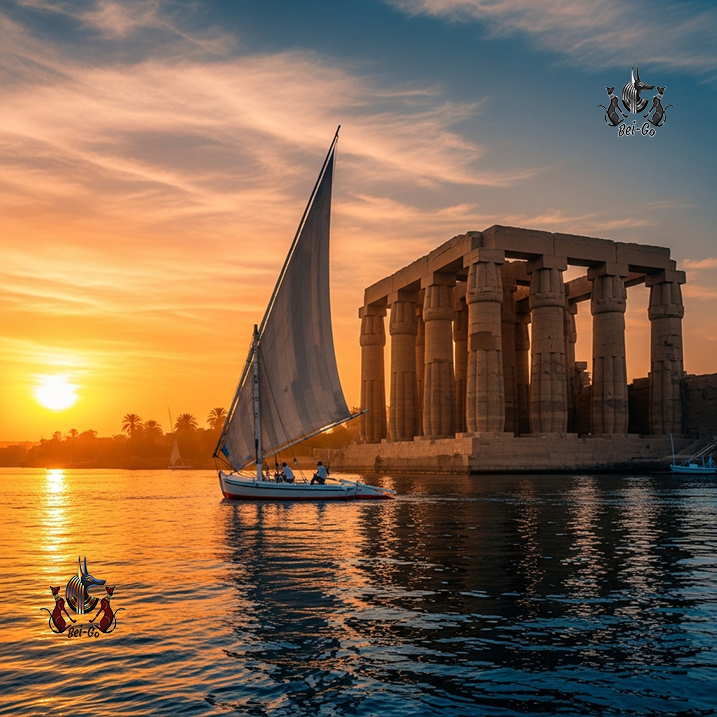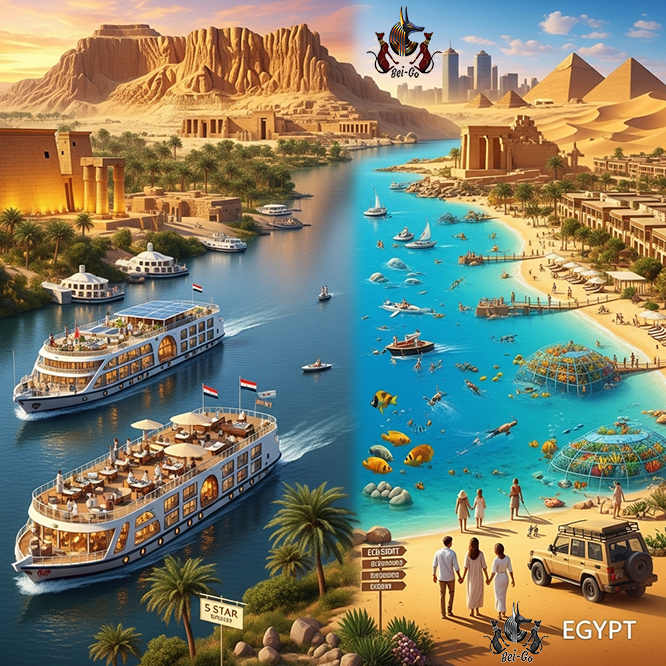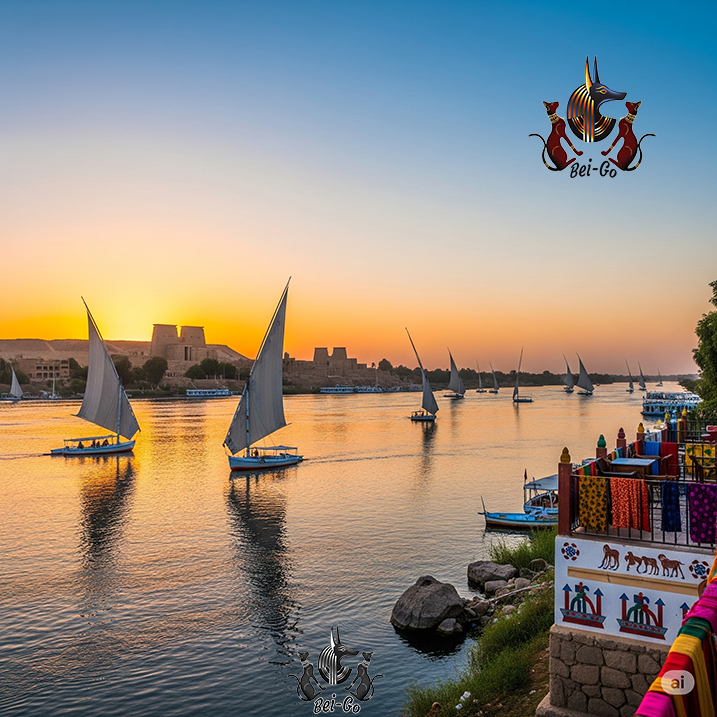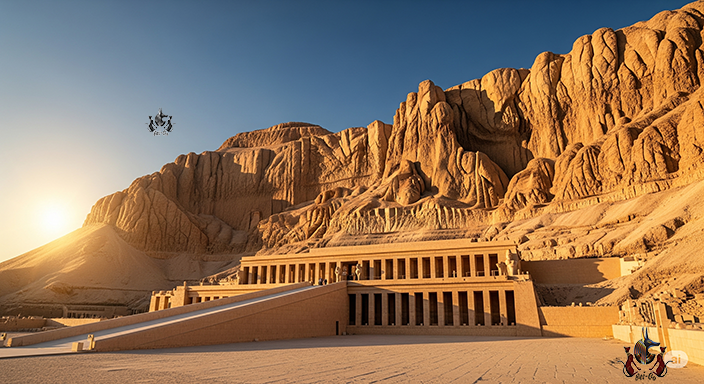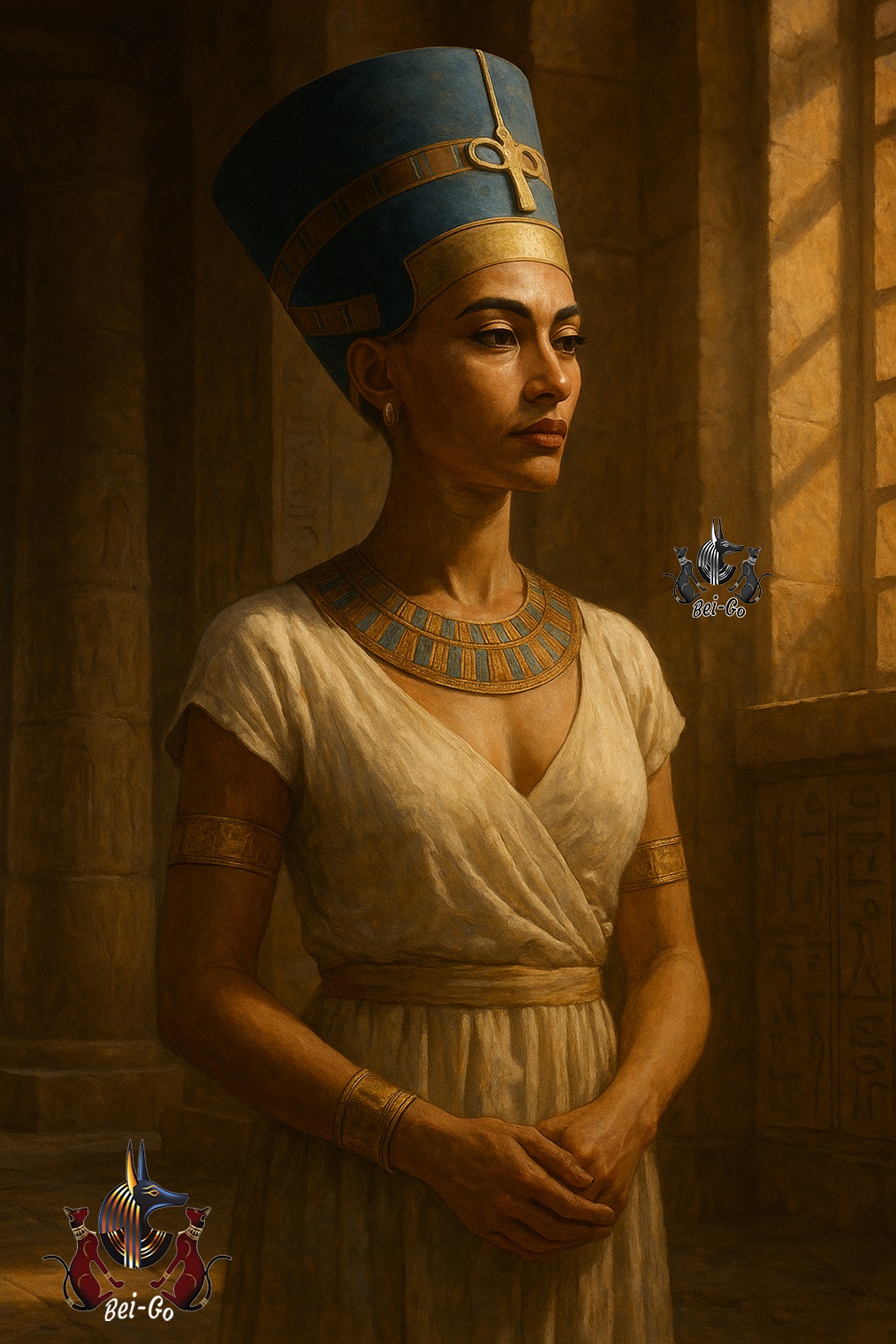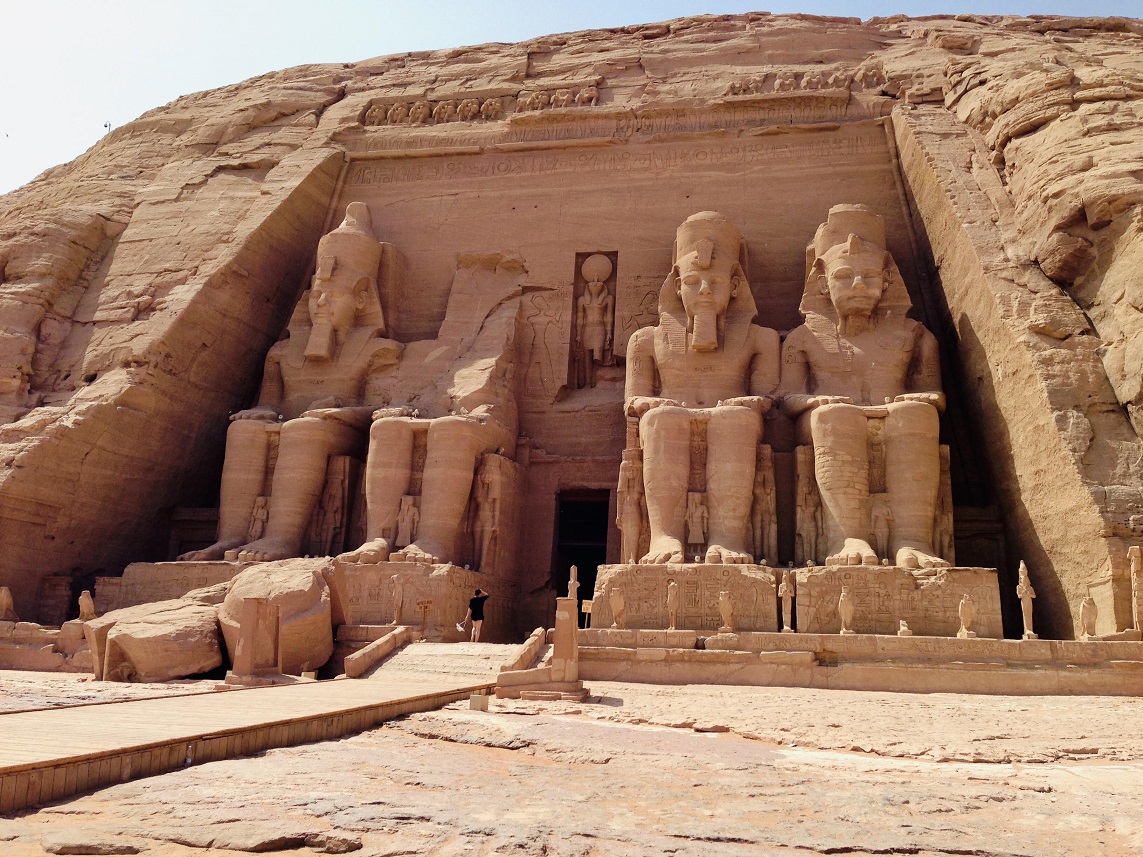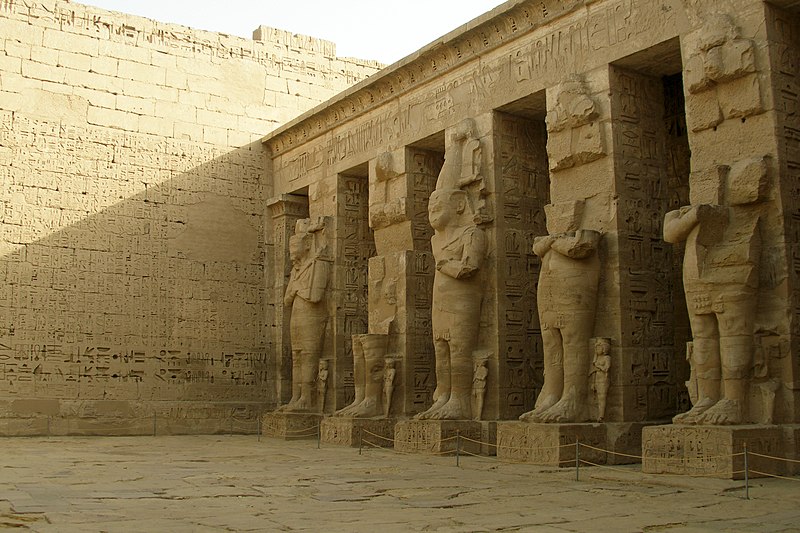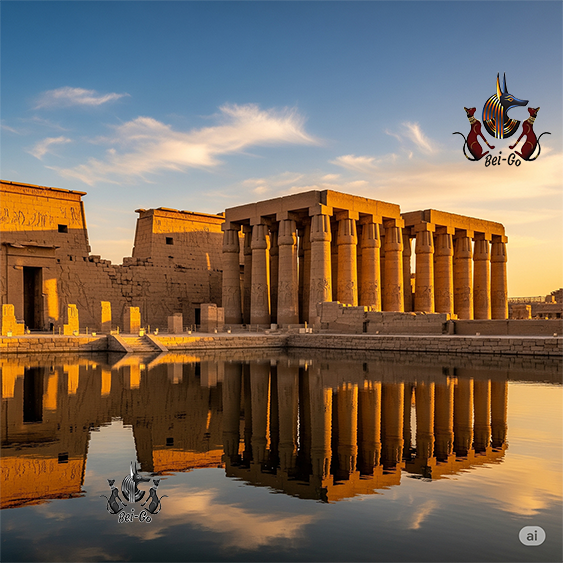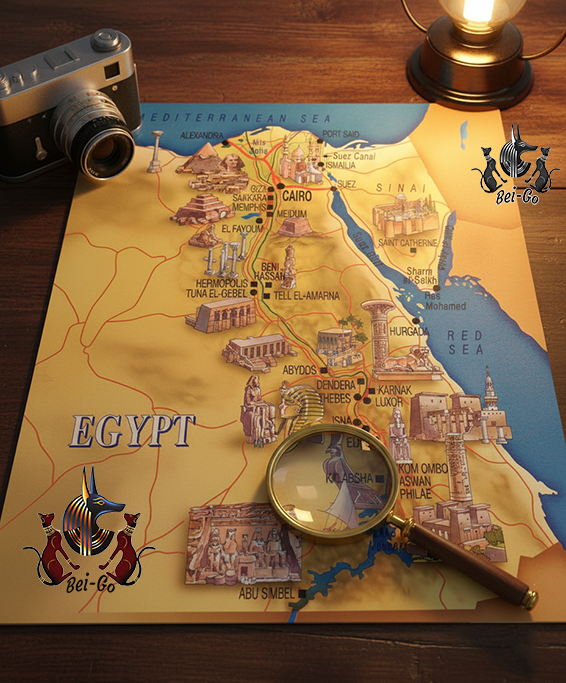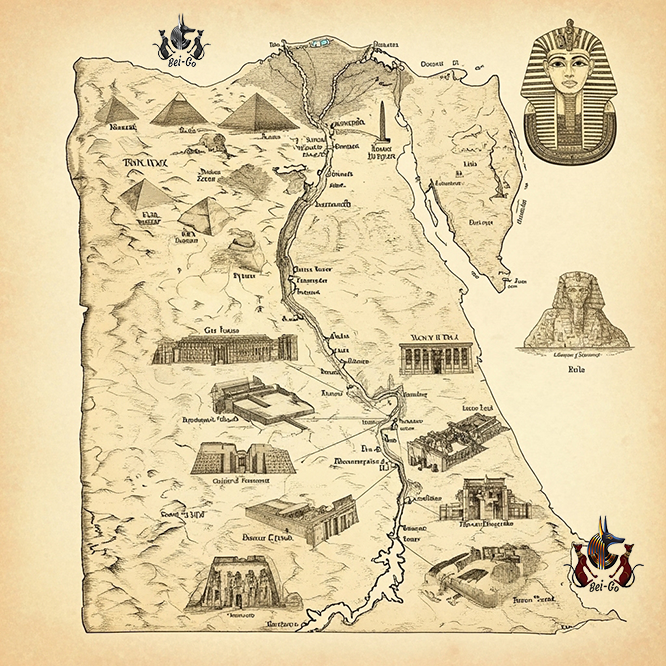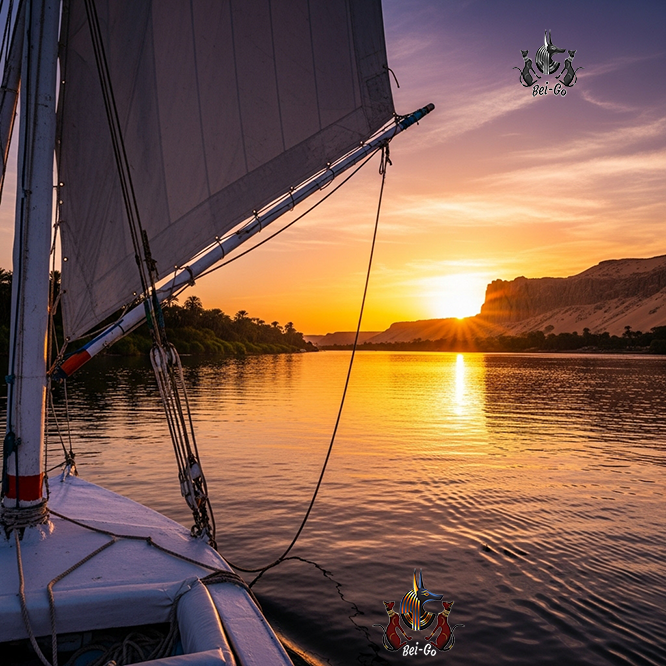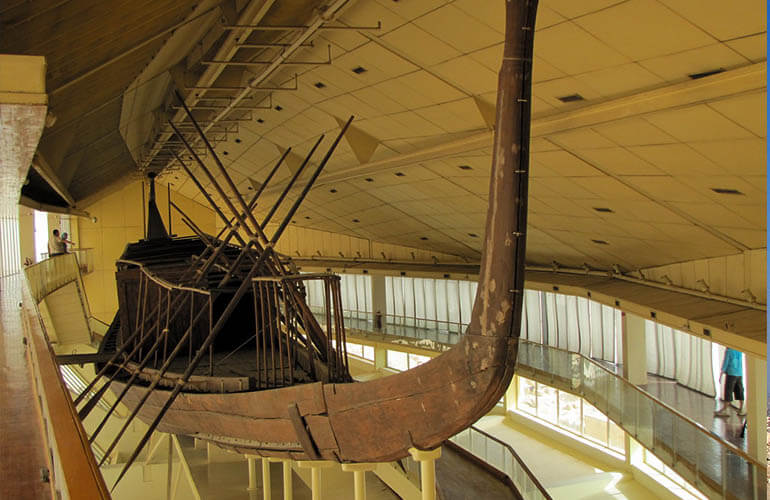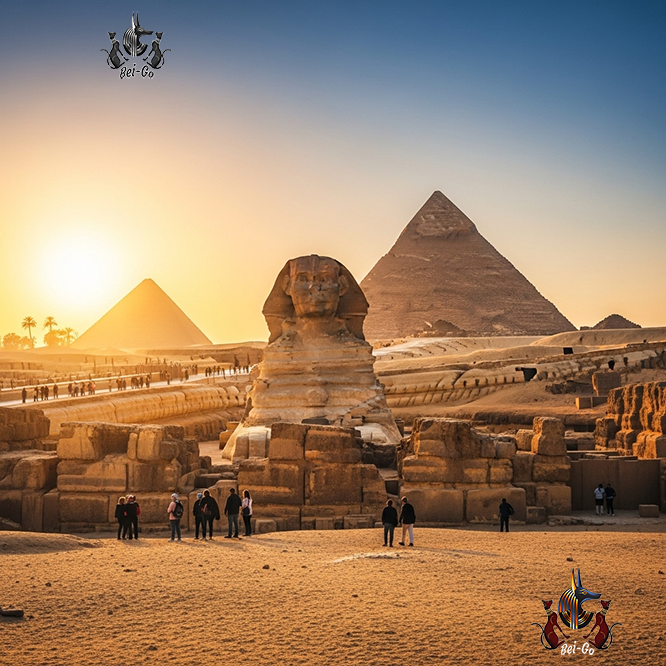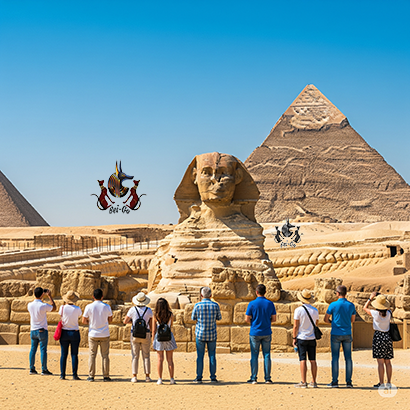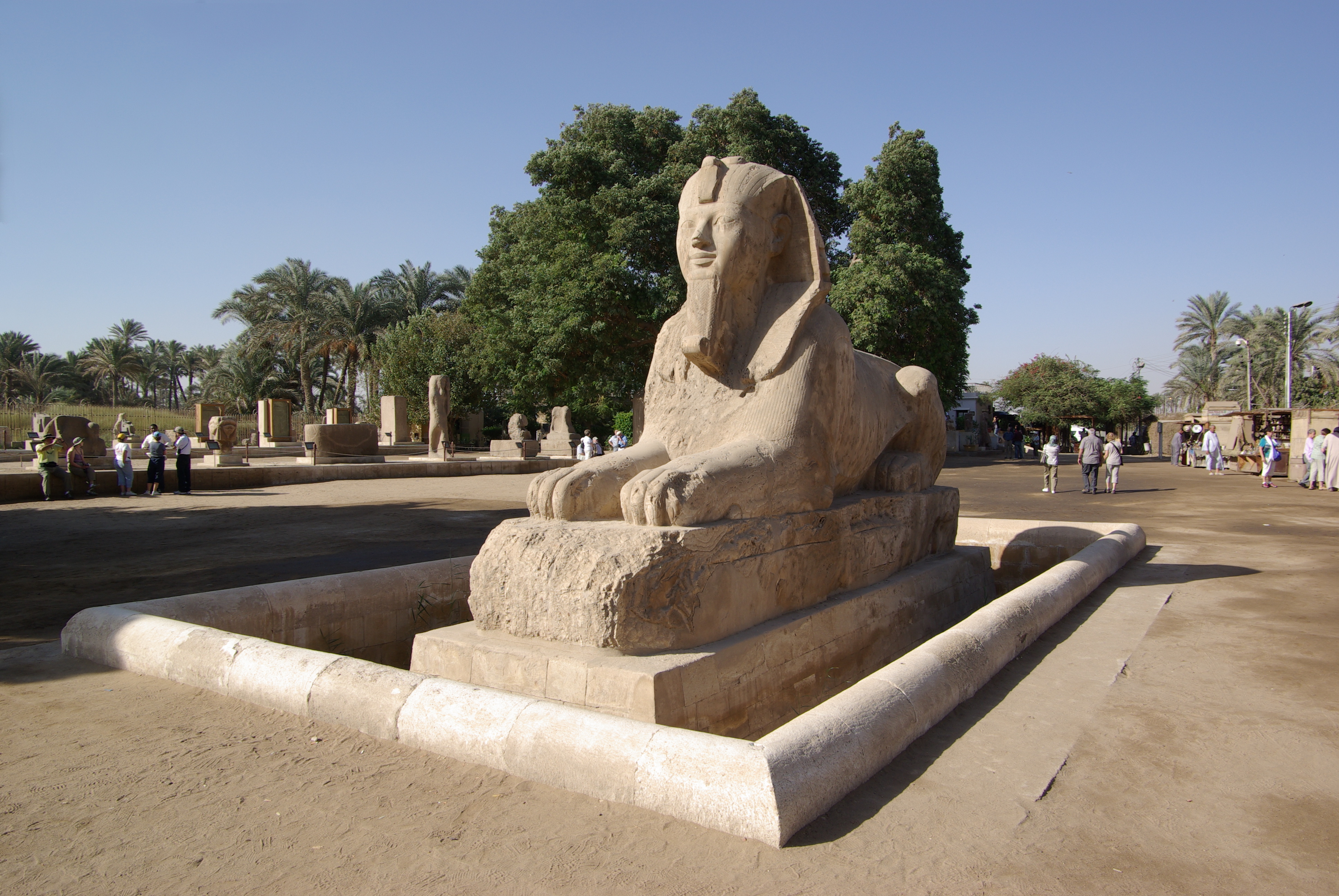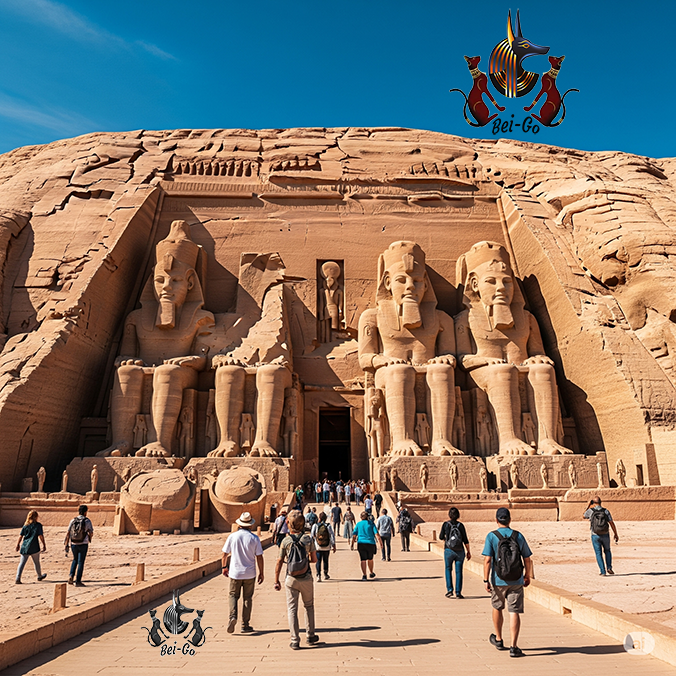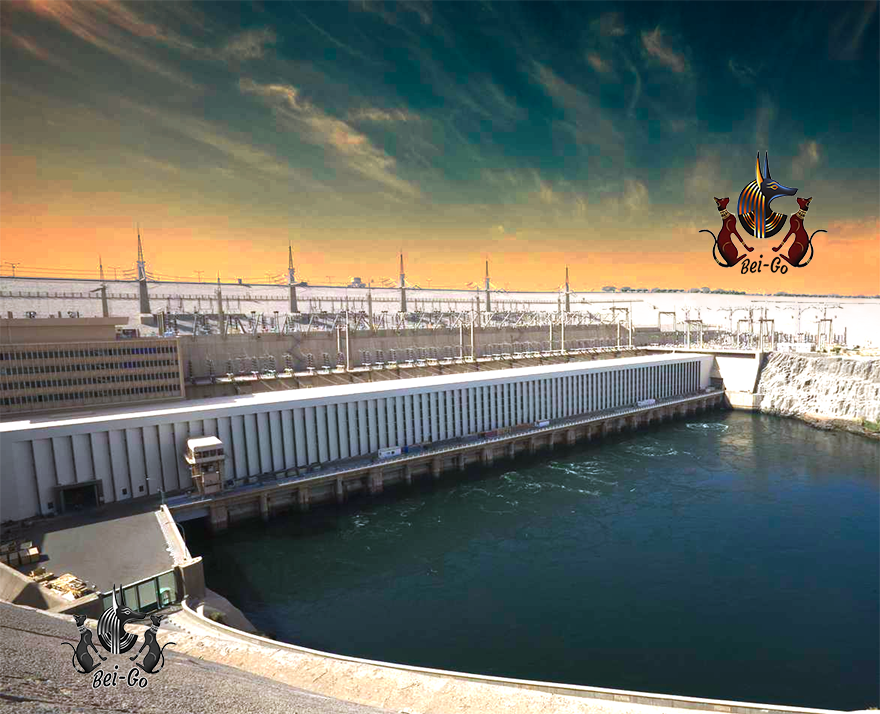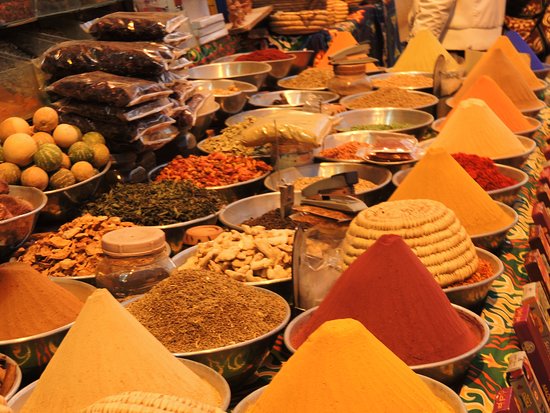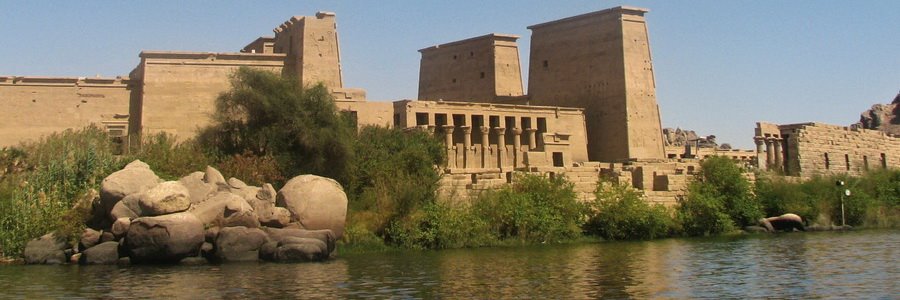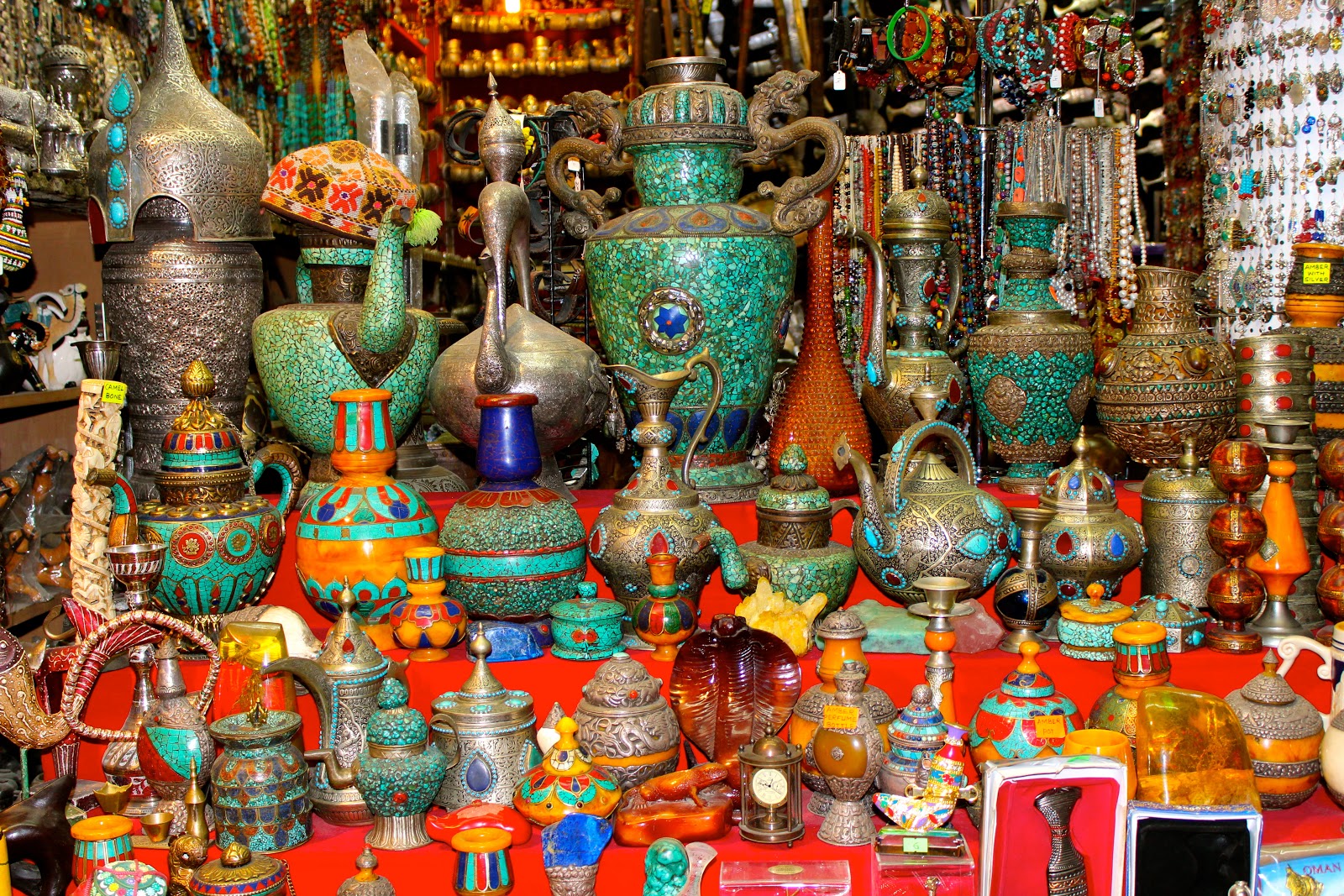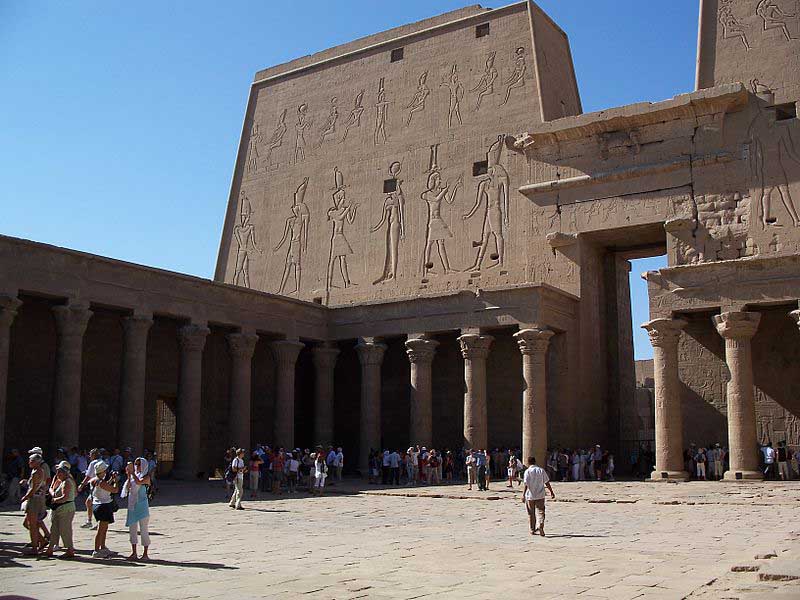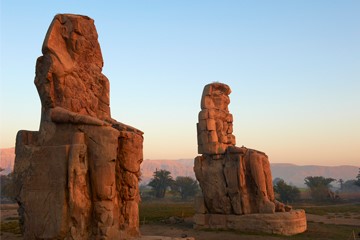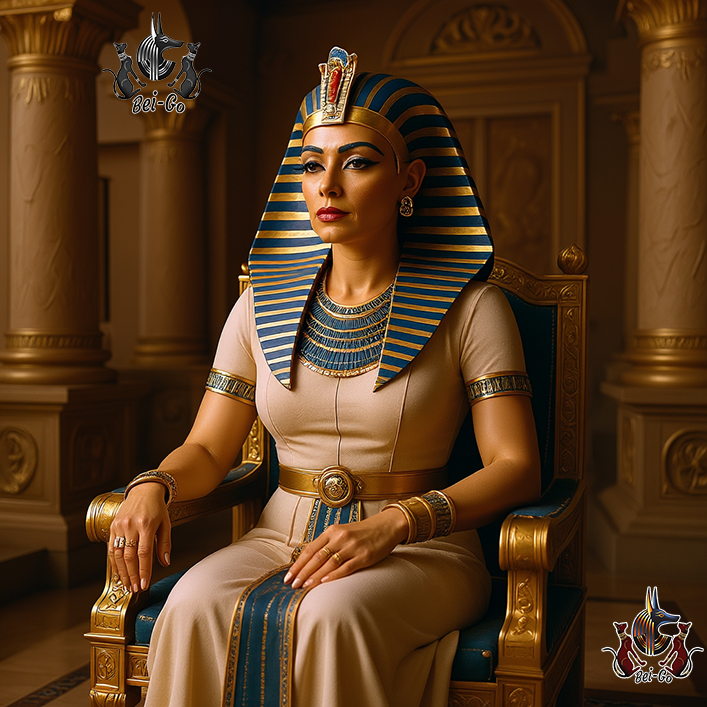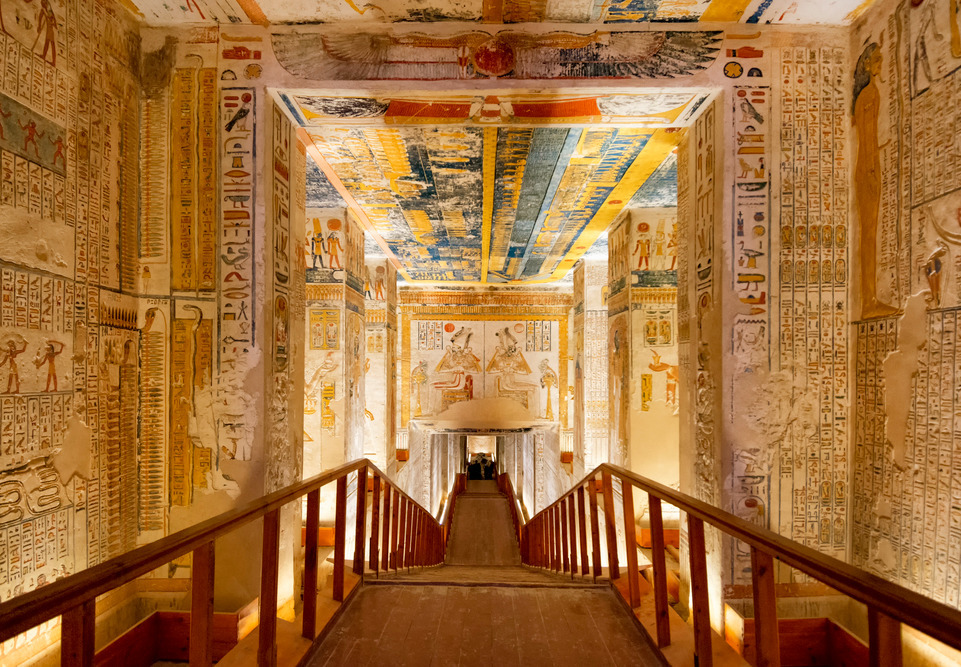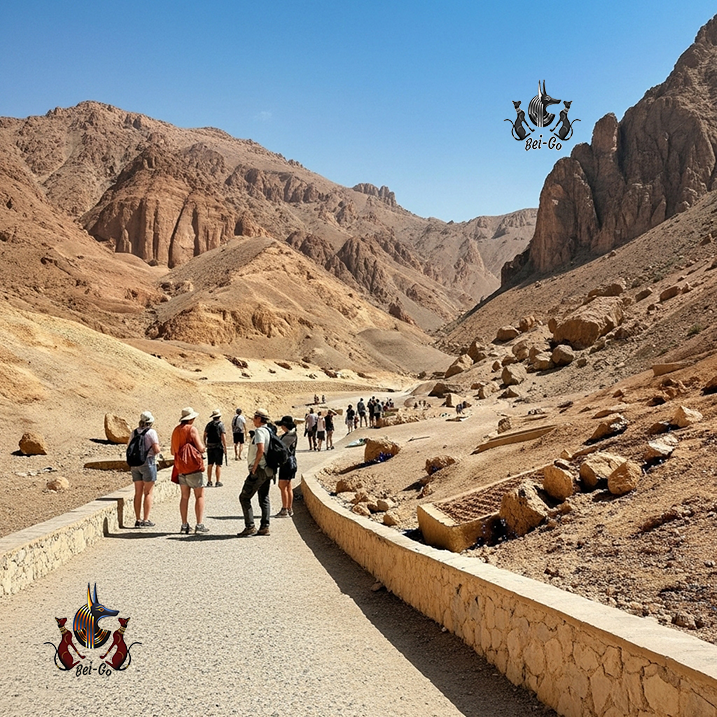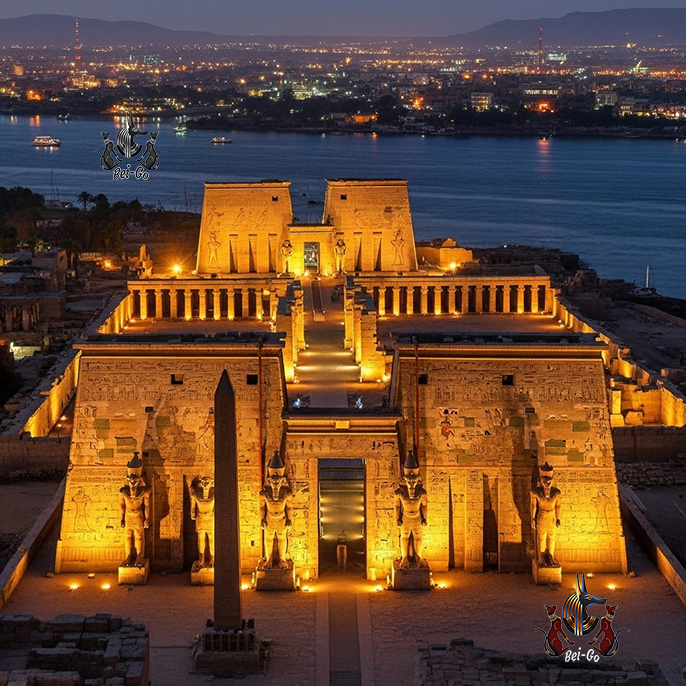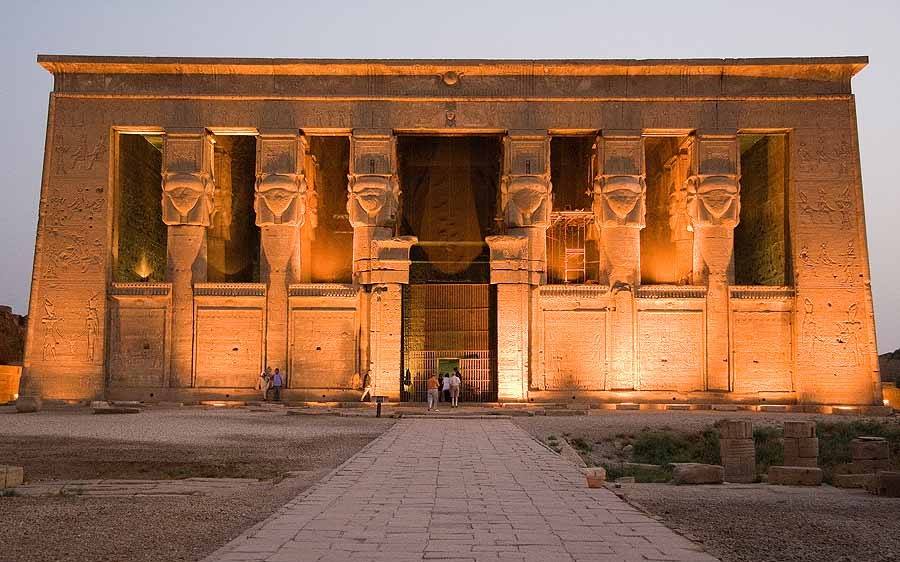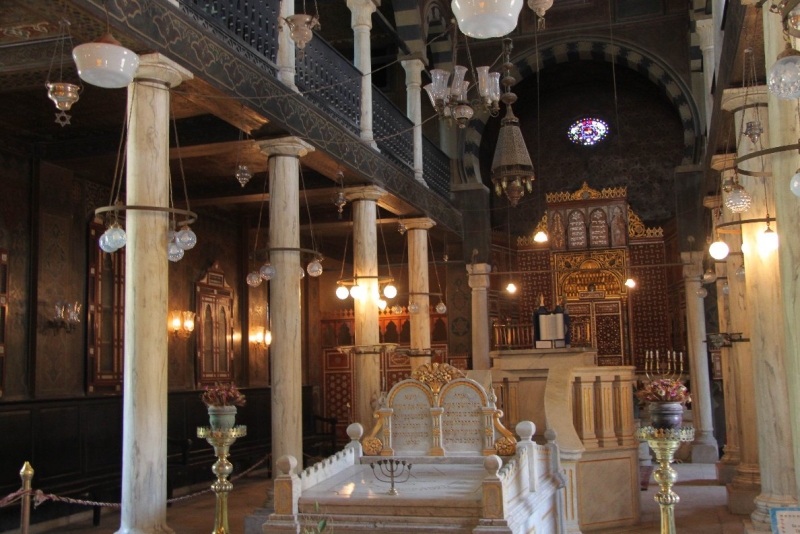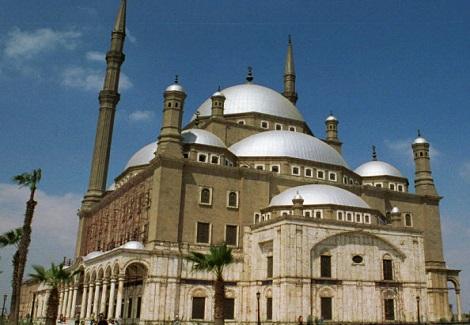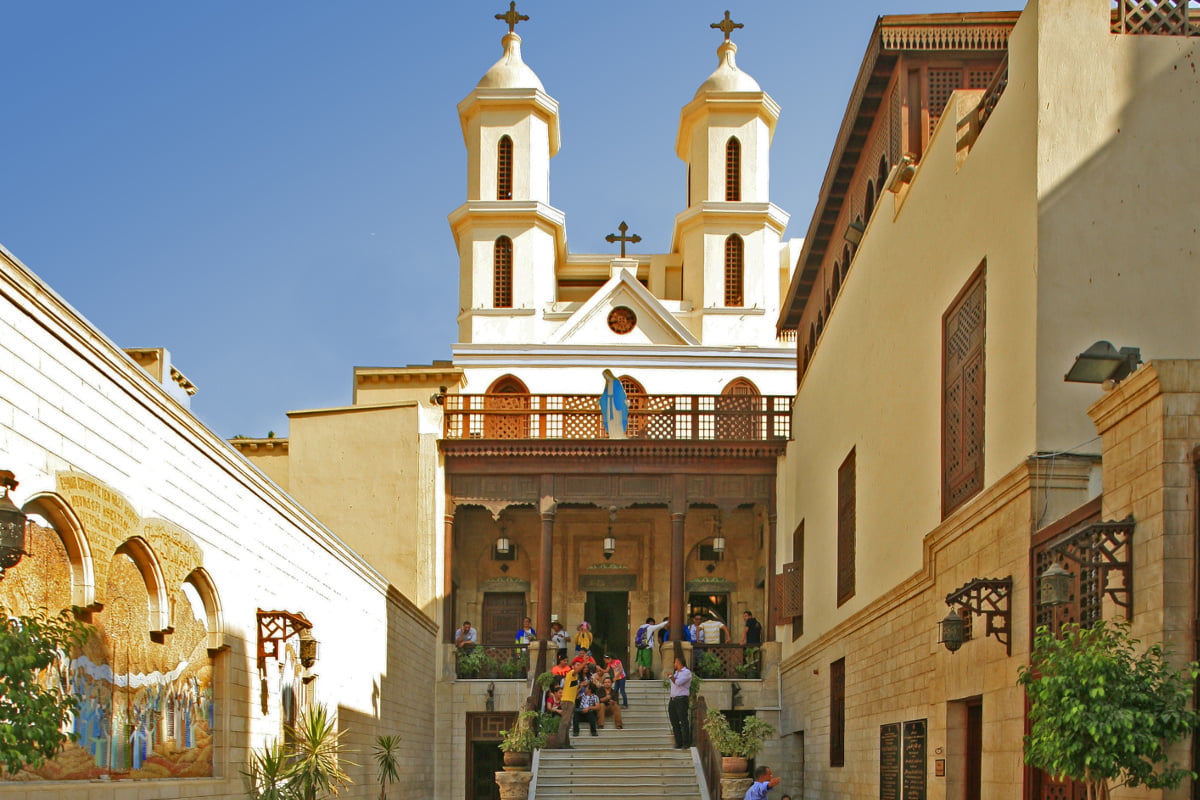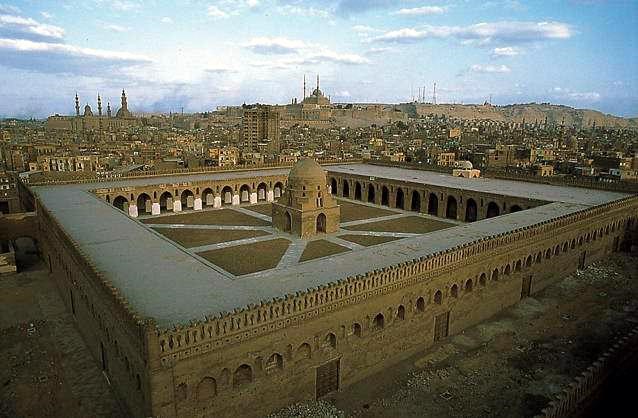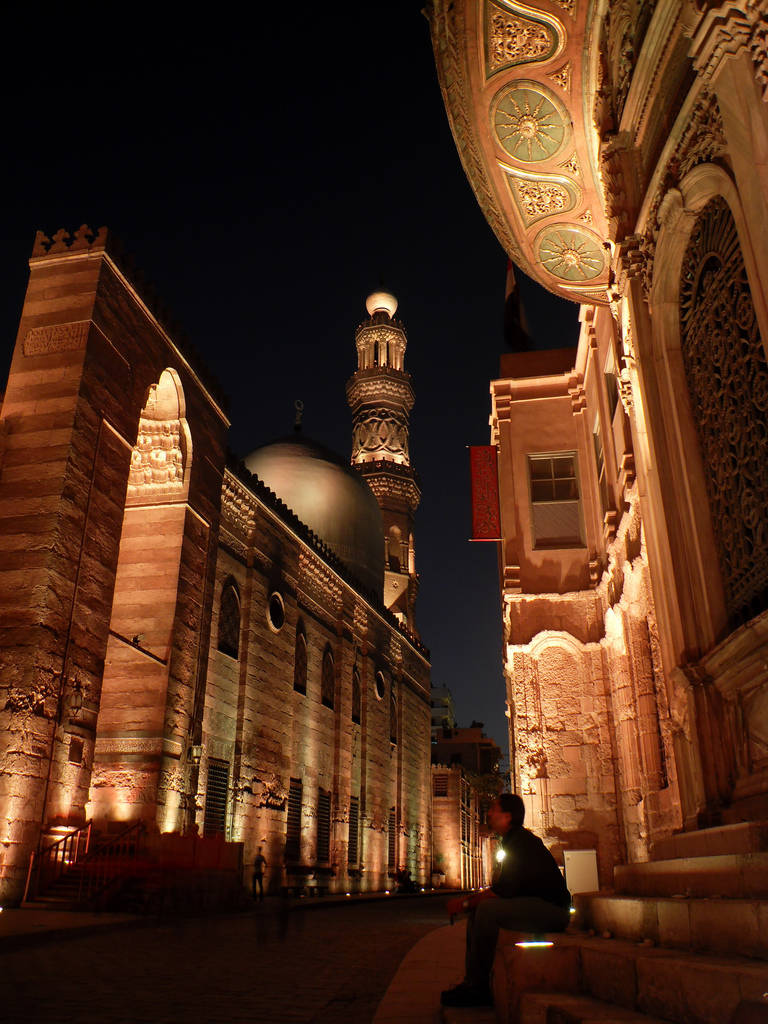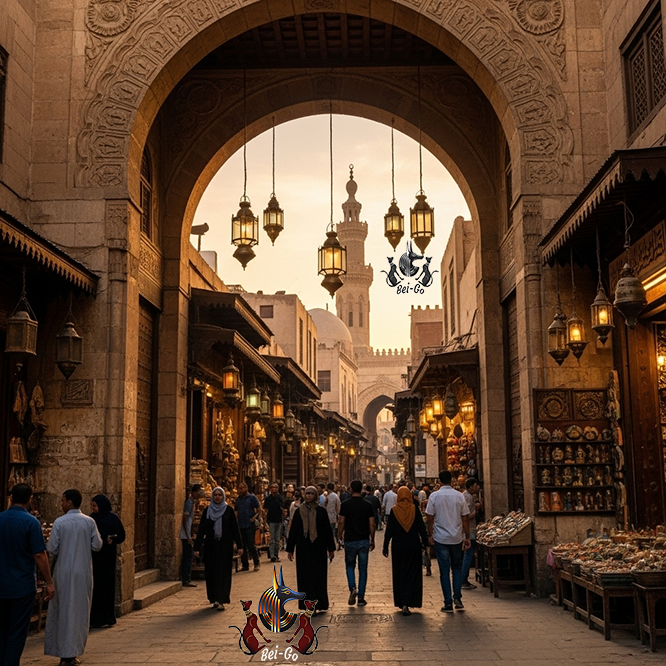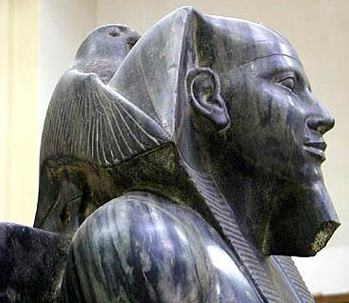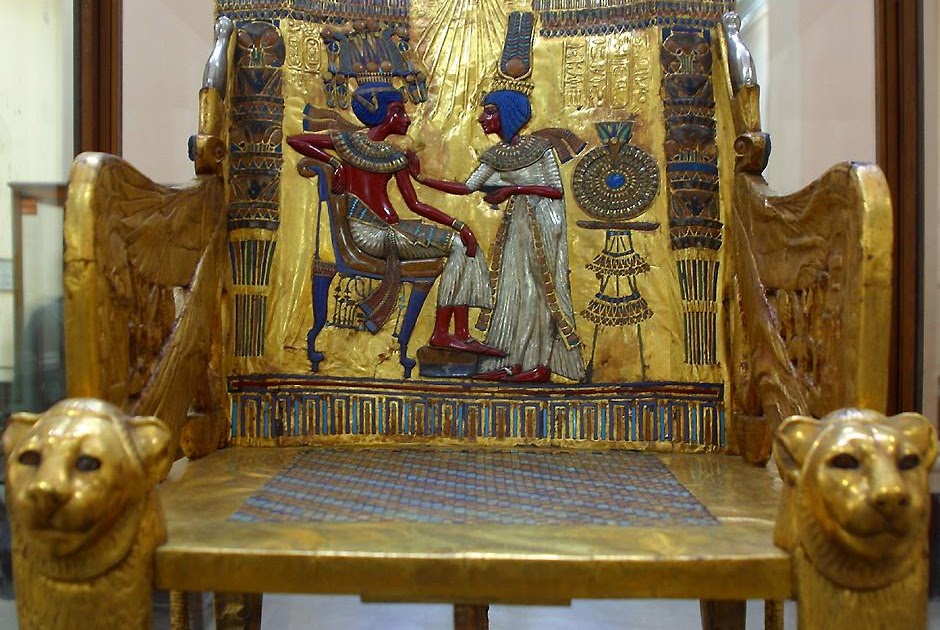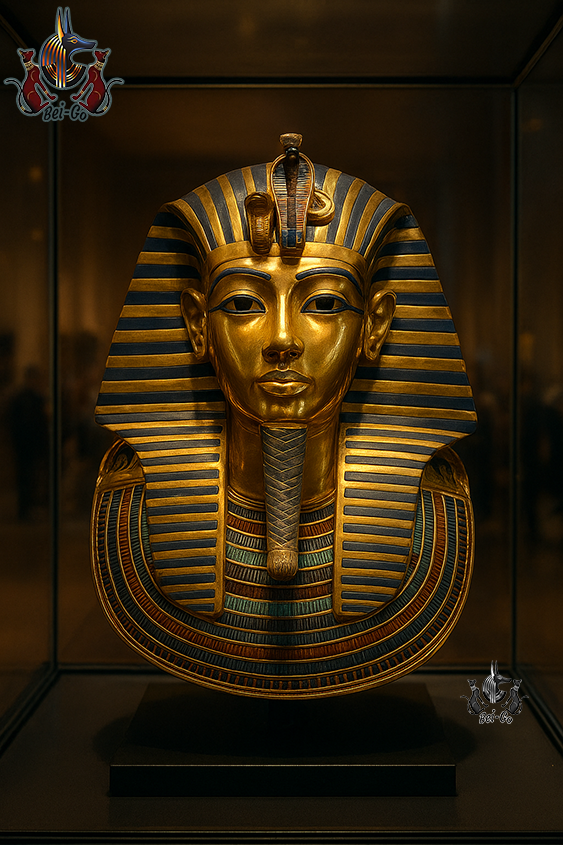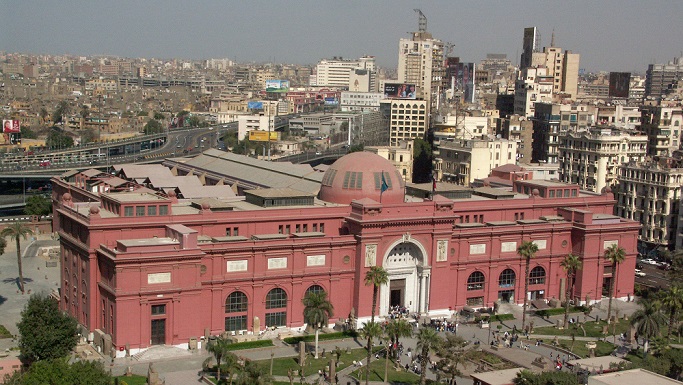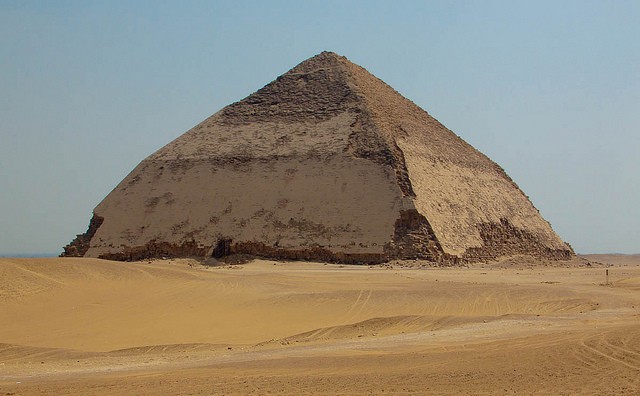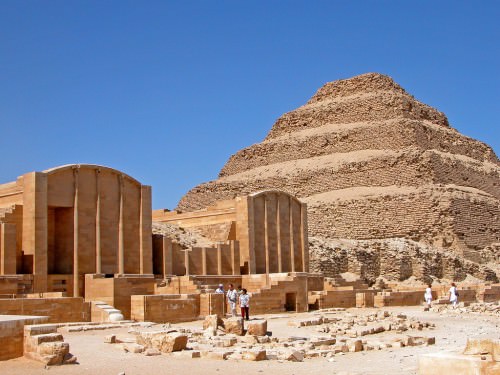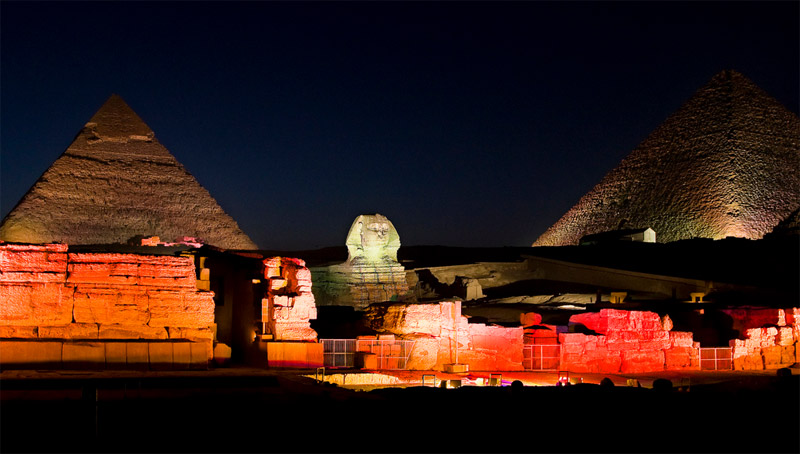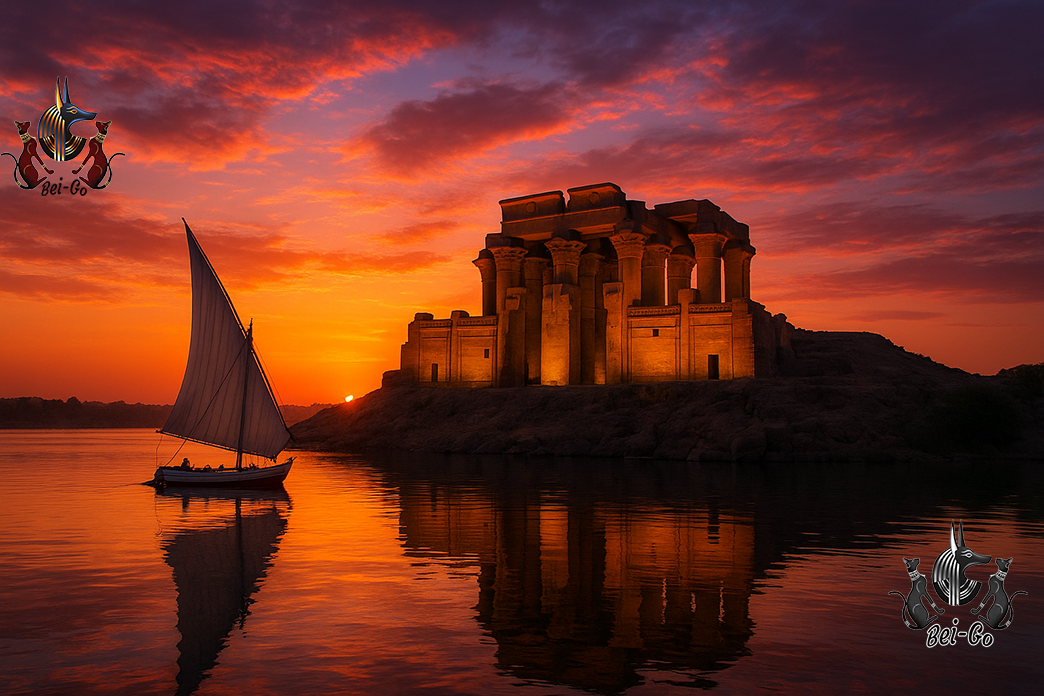
The Temple of Kom Ombo: A Guide to the Unique Double Sanctuary on the Nile

The Temple of Kom Ombo, perched on a majestic bend of the Nile River in Upper Egypt, is one of the most unique and fascinating archaeological sites in the entire country. Unlike any other Egyptian temple, Kom Ombo is a dual sanctuary, symmetrically dedicated to two different divine triads. Its imposing silhouette of sandstone, standing out against the African sky, welcomes visitors with an aura of mystery and ancient grandeur. Its strategic location, once fundamental for controlling trade routes and for the landing of sacred boats, today offers one of the most spectacular sunsets on the Nile. To navigate such wonder, the support of an expert tour guide from Bei-go proves indispensable from the start, allowing you to immediately grasp the unique architectural genius of this place.
Unique Architecture: The Symmetry of the Divine
What makes the Temple of Kom Ombo immediately recognizable is its perfectly symmetrical floor plan. The complex, built mainly during the Ptolemaic period (from the 2nd century BC onwards) on pre-existing structures from the New Kingdom, was conceived as a twin building. The temple has two main entrances, two sets of courtyards, two hypostyle halls, and two inner sanctuaries (naos), all duplicated along the main axis. This duplication was not a simple architectural whim but a deeply significant theological solution. Each half of the temple was autonomous and dedicated to the specific worship of a deity, allowing two separate priesthoods to officiate rituals simultaneously without conflict. A travel agent from Bei-go, when organizing your itinerary, can provide informational material that delves into these incredible symmetries, preparing you best for the visit.
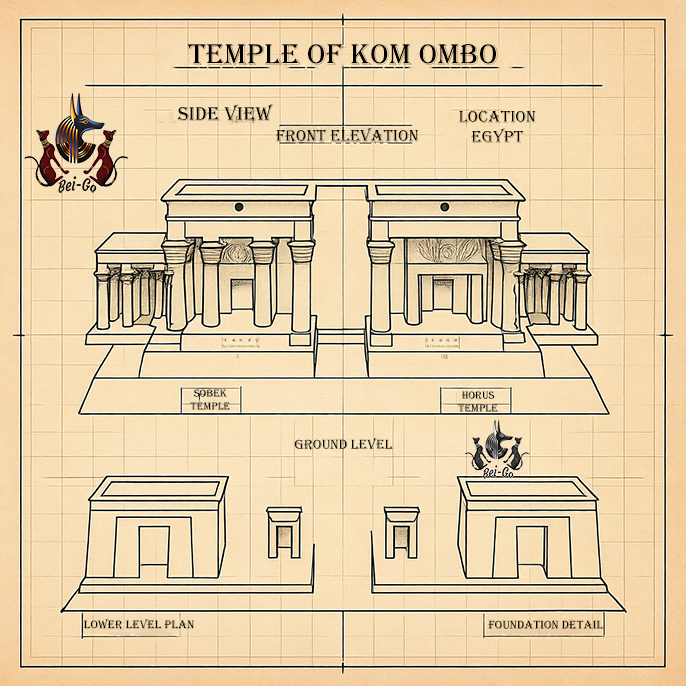
Sobek and Horus: The Divine Balance Between Water and Sky
The ingenious architectural symmetry serves a precise theological purpose: to harmoniously host two distinct deities. The southern half of the temple was the realm of Sobek, the powerful crocodile god revered as the lord of waters, fertility, and creative force. Believers thought the Nile itself sprang from his sweat. He was an ambivalent figure, both feared and invoked for protection. The priests of Sobek managed rituals to propitiate the Nile's floods. The northern half was dedicated to Horus the Elder, or "Haroeris" (Horus the Great), a solar god, lord of the skies and royalty, often represented as a falcon. The rituals here were focused on the protection of the pharaoh and cosmic order (maat). The coexistence of Sobek and Horus symbolized the balance between the dangerous and fertile waters of the Nile and the stable order of the sky. A tour guide from Bei-go, specialized in Egyptian mythology, allows you to decipher these intricate divine relationships directly on the bas-reliefs.
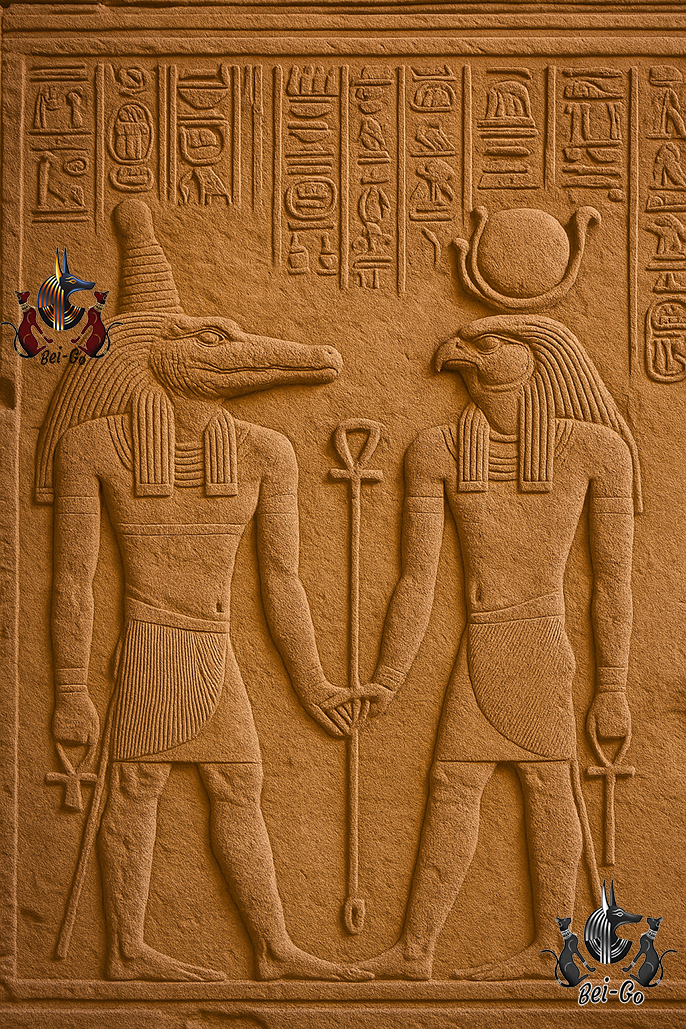
The Bas-Reliefs: An Ancient Manual of Medicine and Astronomy
One of the most incredible treasures of Kom Ombo is not a giant statue, but a set of fine carvings on the inner walls. Here, the most attentive visitors can admire what is considered one of the oldest representations of medical and surgical instruments in history. Clearly visible are scalpels, forceps, probes, hooks, and even rudimentary syringes, used by the temple's priest-doctors. These priests were not only spiritual figures but also healers who practiced medicine in the name of the gods. Next to these, an important ritual calendar and a zodiac representation testify to the advanced astronomical knowledge of the ancient Egyptians. These bas-reliefs turn the temple into a manual of ancient science. Without a guide, it's easy to pass by without grasping their immense value; this is why the service of a tour guide from Bei-go is essential to not miss these unique details.
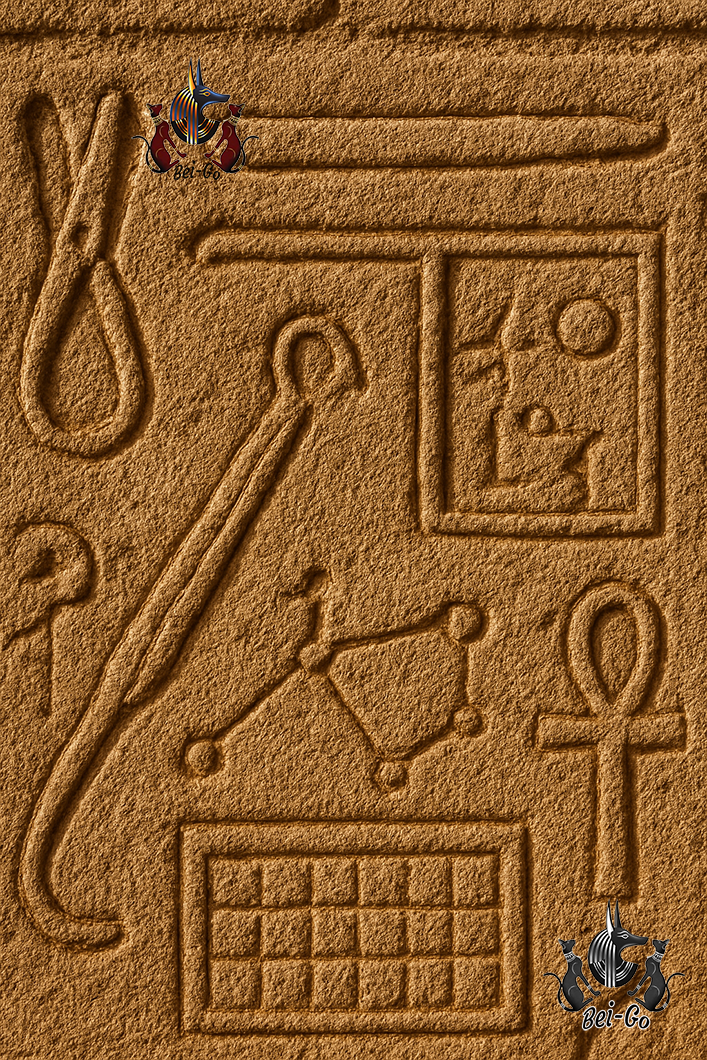
The Nilometer, the Crypts, and the Crocodile Museum
Next to the temple, an ingenious structure testifies to the deep bond between Egyptian religion and the Nile's life cycle: the nilometer. This well, with a staircase carefully carved into the stone, was used to measure the water height during the annual flood. The priests recorded this data, crucial for predicting the harvest size and, consequently, calculating taxes. Inside the temple, an intricate system of crypts and secret passages winds under the floor, used to store precious cult statues. Nearby, the modern Crocodile Museum completes the visit with an extraordinary collection of mummified crocodiles, sacred animals to Sobek, offering a tangible contextualization of the cult. A travel agent from Bei-go can advise the best time of day to visit the entire complex, avoiding crowds and heat, for a truly immersive experience.
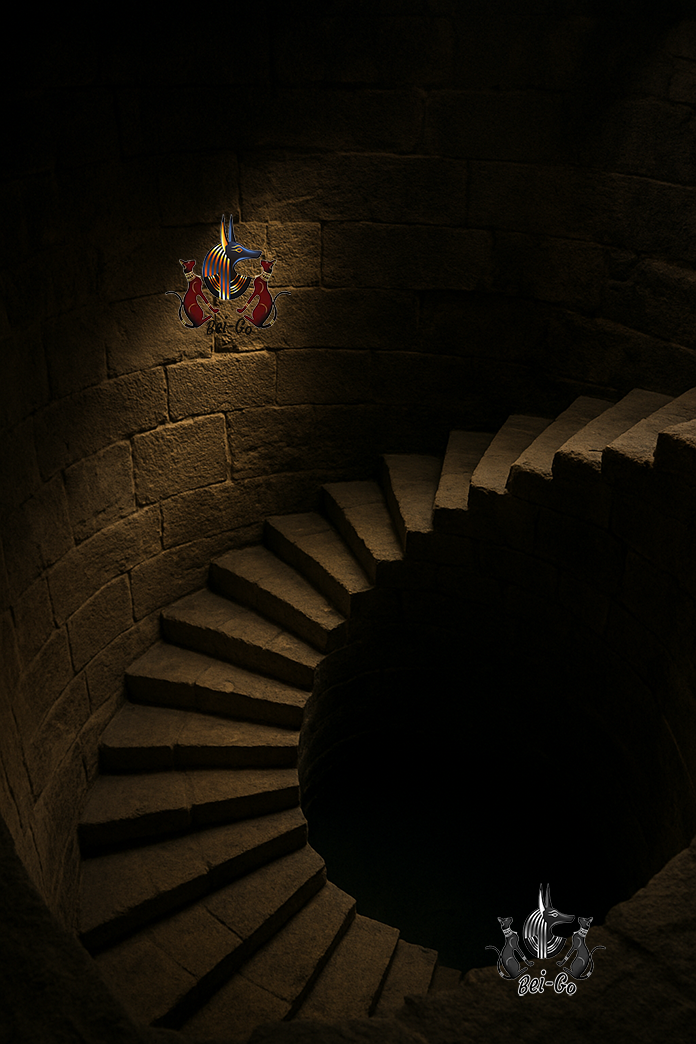
Planning Your Visit: Tips for an Unforgettable Experience
The best way to fully appreciate the historical, architectural, and mythological complexity of the Temple of Kom Ombo is to rely on industry experts. A specialized tour guide from Bei-go can decipher the complex hieroglyphs, explain the subtleties of ancient rituals, and guide you to the most significant bas-reliefs that an untrained eye might easily miss. To perfectly integrate this visit into a broader itinerary including Aswan, Philae, Edfu, and Luxor, consulting a professional travel agent from Bei-go is the ideal choice. An agent can handle all logistics, from transfers to choosing the most suitable river cruise, turning a simple trip into a worry-free adventure, allowing you to completely immerse yourself in the magic of Ancient Egypt.

Discover the Wonders of Egypt with Bei-Go
Dream of admiring the unique symmetry of the Temple of Kom Ombo in person and sailing on the legendary waters of the Nile? Bei-Go offers tours curated down to the smallest detail, with expert guides and itineraries designed to give you an authentic and profound experience. Contact our experts for a personalized quote and start planning the journey of your dreams.
Visit our website: https://www.bei-go.com/index.php?lang=enhttps://www.bei-go.com/index.php?lang=en
